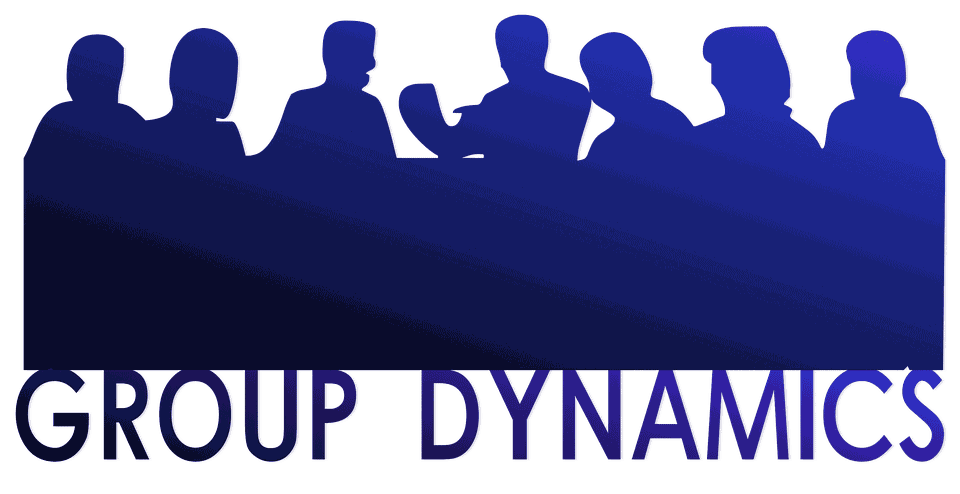This session with Rachel and Lizzie was very important to me since I've always been an introverted learner who has never had the confidence to step up and interact with others, or put another way, take charge. We played several games in this session that were suggested to us by our tutors, Lizzie and Rachel, one of the games we played in class that I vaguely recall helped me socialize with a few classmates was the one where we formed couples and were instructed to follow each other's lead, even though the person in charge kept switching roles a lot. This exercise taught me how to take charge and what it's like to be in charge of someone else's behaviour, and how big of a responsibility it is to be responsible for someone else’s actions as your decisions now impact two lives. Through this exercise, I learned how to respond when someone else is in control and forced myself to venture outside of my comfort zone and take control of how someone else behaved. Following this, we divided into groups of five and participated in a similar activity where we were all instructed to take charge. As an introvert, this helped me realize that while leading and bearing accountability for the collective acts of the group is a simple task, it also requires responsibility and competence. This also made me realise how crucial it is to surround yourself with individuals who genuinely get you, since their understanding will serve as the foundation for your future work.
Additionally, there were difficulties associated with being an international student, which made socializing—which was formerly my strength—my weakness. Lizzie led an exercise in this session where we were expected to stand while the rest of the class was seated. This demonstrated to us how simple it is to stand and ask questions in a large group, which not only clarifies the questions on the spot but also helps you realise that neither the teachers nor does the class judge anyone based on their questions. Moreover, due to this I was able to face my fears of facing a large group of people helping not only academically, but also socially as well.
In addition, Rachel started a different game where we had to pretend to be film makers and were assigned different roles. We talked about how to handle the scenario while we continued the exercise while seated with a group of people who had been assigned roles identical to our own. After that, we split up into groups according to our roles—for example, I was the executive producer, and we were surrounded by directors, editors, and other filmmakers. We then discussed the problem and, following a quick but constructive conversation, came up with some answers.Lencioni, P. (2002) ‘The five dysfunctions of a team ." Not finance. Not strategy. Not technology. It is teamwork that remains the ultimate competitive advantage, both because it is so powerful and so rare." Thus this book made me realise how important it was to get along with your team mates in a career such as film making, because one bad step can lead the whole crew and with it the film to catastrophe.

Comments
Post a Comment